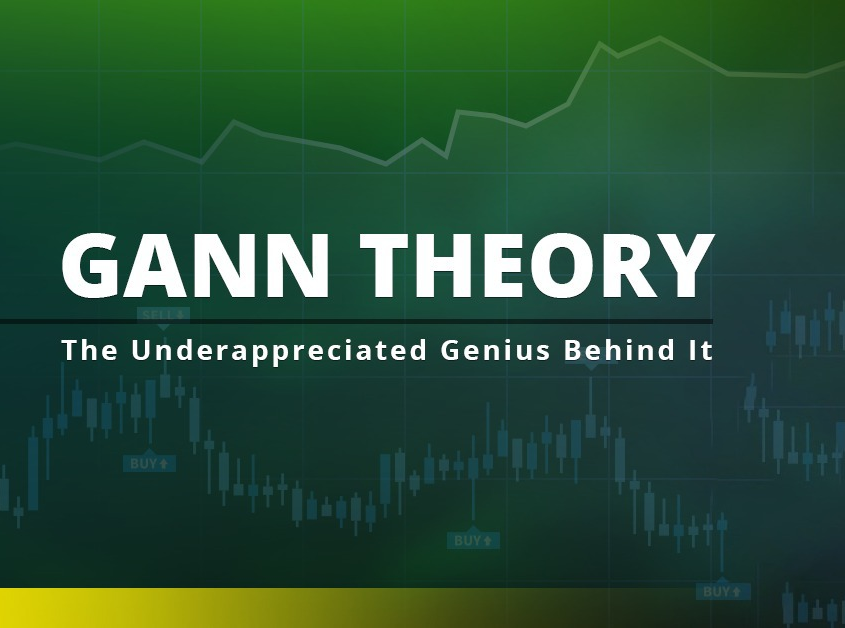The renowned stock trader W.D. Gann invented the Gann Theory early in the 1900s. This one is among the most fascinating and complex approaches to applying technical analysis. It forecasts future price changes in the financial markets using geometric angles, time, and money. Gann reasoned traders might determine the upcoming trend based on historical price cycles and trends. The Gann Theory is still relevant today even though it dates back more than a century. It provides consumers with a statistically reliable means of locating market trends, turning points, and pricing levels.
Critical Components of Gann Theory
The Gann Theory is based on several ideas, such as the link between price and time, geometric angles, and repeating patterns. These are the main parts:
● Price and Time:
According to W.D. Gann, there is a strong link between time and price. He said that the markets move based on exact scientific links. He also said that you should look at time and price equally if you want to predict market trends. Price and time are equal, so markets are more likely to reverse when balanced.
● Gann Angles:
The Gann angle is among the most essential instruments available in Gann Theory to forecast price movements. Gann Angles are created at 30°, 45°, and 60°, among other geometric angles. Price charts serve to display varying rates of rise or decline. The 45° angle (1×1 line) is the most important, indicating that time and money are moving at the same speed. Should the price exceed the 1×1 line, it is significantly raised. Should it be below the line, it is somewhat downhill.
● Cycle Theory:
Gann strongly advocated the theory that markets go through cycles. He believed that regular stages of market fluctuations were not random. He often related them to historical pricing trends and planetary events. Gann discovered particular time cycles repeating themselves in markets. It enabled traders to estimate the turning point of the markets.
● Square of Nine:
The Square of Nine is another essential part of Gann’s Theory. It’s a grid of numbers that helps you find essential price levels and time cycles. Based on the square root of numbers, this tool figures out pivot points and levels of support and resistance. After that, these are arranged in a square or spiral shape.
Application of Gann Theory in Trading
Even though Gann’s Theory is hard to understand, traders use it to make accurate guesses about how the market will move in the future. Here are some popular ways to use it:
● Determining Support and Resistance Levels:
Tools traders employ to locate required market support, as well as resistance markers, include the Gann Angles and the Square of Nine. These figures help traders decide when to open or close a deal.
● Reversals of Trends:
Examining time cycles and price changes over time allows traders to project when changes in market patterns are most probable. It reduces risk by enabling individuals to make wise decisions on beginning or ending deals.
● Long-term Market Forecasts:
Long-term trends are the main emphasis of the Gann Theory, which will enable traders to project the market’s direction over time. It might be pretty helpful for purchasers who wish to schedule their relocation across months or years.
Conclusion
Gann’s Theory is still an exciting tool for people who want to learn more about fundamental analysis. It gives you a unique look into how the market moves because it focuses on the connection between price, time, and geometric patterns. But to fully understand Gann’s Theory, you must practice, be patient, and be accurate.
The team at Maitra Wealth can help you learn more about technical analysis techniques like Gann Theory and how to use them in your financial journey. Our team can help you understand how the financial markets work and help you choose intelligent investments.
Get in touch with us right away to improve your trade and investing methods.










